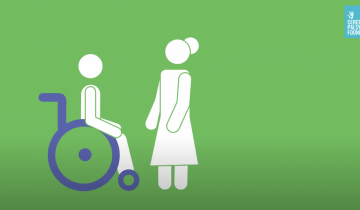This recent study found that over half of children and young people with Cerebral Palsy have more than one movement disorder, which is more common than previously thought.
Dr. Heather Riordan explains how different motor types can occur at the same time in some people and how to decide what to treat first.

Neurologist and movement disorder specialist, Heather Riordan, MD, describes the Chorea in Cerebral Palsy and what to do if it is impacting your function.

Do you or your child have movements that are difficult to control? Is your mobility and function impacted by abnormal movements or do these movements cause pain? If so, you or your child may have Dyskinesia. If you want to learn more, including how it is treated, don't miss this educational Town Hall with experts Dr. Heather Riordan, from Kennedy Krieger Institute, and Dr. Michael Kruer, from Phoenix Children's.

CPF Executive Director Rachel Byrne and Dr. Heather Riordan, Director of the Phelps Center for Cerebral Palsy at the Kennedy Krieger Institute discuss dyskinesia.

The Dyskinetic Cerebral Palsy Functional Impact Scale is a new tool useful measuring the functional impact of dyskinesia on children's movements and postures and the perceived impact of dyskinesia on daily activities. It can can help identify priorities for intervention.
This systematic review looks at all available evidence for pharmacological/neurosurgical interventions for managing dystonia in individuals with cerebral palsy to inform the AACPDM care pathway.
Hypotonic CP, also known as hypotonia, is a form of cerebral palsy that causes low muscle tone. In other words, the muscles are overly relaxed and your child may feel floppy.
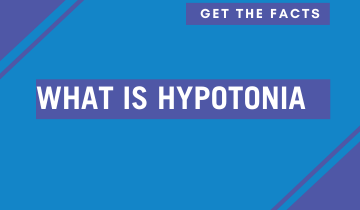
Mixed types of CP refer to symptoms that don’t correspond to any single type of CP but are a mix of types. For example, a child with mixed CP may have some muscles that are too tight and others that are too relaxed.

Ataxia affects balance and depth perception. Children with ataxia will often have poor coordination and walk unsteadily with a wide-based gait.
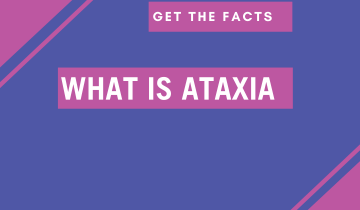
Dyskinesia is an umbrella term encompassing a range of different movements. These are all movements that can be out of your control. Dyskinesia is very common in cerebral palsy.
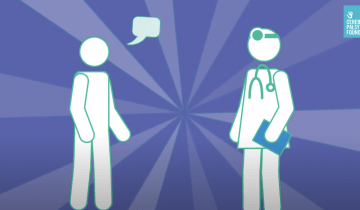
Dr. Bhooma Aravamuthan presents Understanding Dystonia: Diagnosis and Treatment at the 2020 AACPDM Community Forum. Moderated by Council Chair, Jen Lyman.
The Dystonia Care Pathway was updated in 2024 based on best available evidence. The goal of the these Care Pathways is to help Health Care Professionals understand the research evidence on the topic so that they can make clinical decisions for the care of the individual.
Spastic cerebral palsy is the most common type of CP. People will experience increased muscle tone and their movements may appear stiff or awkward.
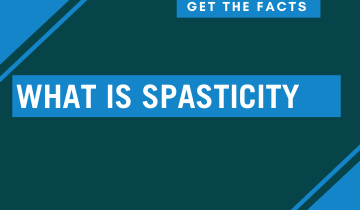
People who have dyskinetic cerebral palsy experience involuntary movements that are difficult to control. These movements can be slow, twisting and writhing, or rapid and jerky, and can impact movement in the hands, arms, feet, legs and even the face or tongue.
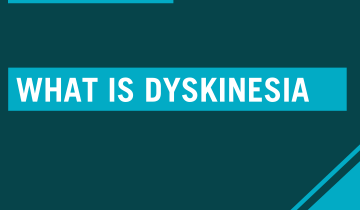
Do you or your child have movements that are difficult to control? Is your mobility and function impacted by abnormal movements and cause pain? If so, you or your child may have Dyskinesia. If you want to learn more, including how it is treated, please join us on for a new educational Town Hall with experts Dr. Susan Biffl, from Rady Children's Hospital, and Dr. Mark Gormley, from Gillette Children's.

CPF Executive Director Rachel Byrne and Minnelly Vasquez, Licensed Clinical Social Worker with the Weinberg Cerebral Palsy Center at Columbia University Irving Medical Center, discuss mental health care for individuals with cerebral palsy and caregivers.

Compatible with the FFORA Attachment (an attachment that affixes to the tubing of manual wheelchairs) behold the New FFORA Bottle Holder & FFORA Bottle, allowing you to carry your H2O or favorite beverage in style!

Obi is a first of its kind, revolutionary dining device for individuals who lack upper extremity function. With the momentary touch of a switch, Obi allows users to select between four compartments of food and to command when the food is captured and delivered to the mouth. Obi increases independence, social interaction, and effective food capturing like never before.
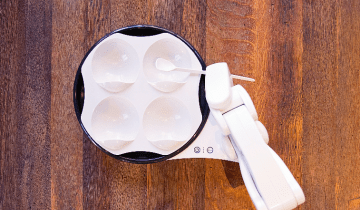
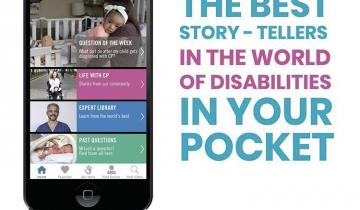
The Zumo Learning System provides an accessible learning environment for children of all abilities and helps children fall in love with STEM concepts through play!
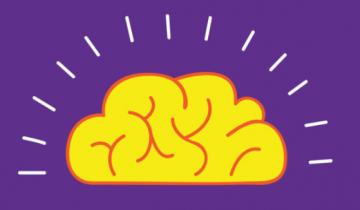
Enjoy the great outdoors while staying warm and cozy with a custom KoolKape from Koolway Sports.

Xbox One’s new copilot feature allows two users to share one controller by combining the input from two controllers, so that two people can play as one. “Now folks with disabilities who need someone else to handle certain actions can turn what would be a cumbersome task into a co-op experience of sorts, ” explained Scott Henson from the Xbox engineering team.
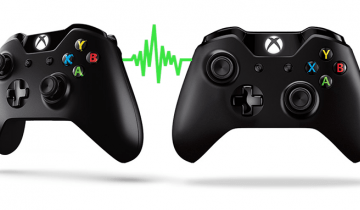
The Xbox Adaptive Controller (XAC) is a first-of-its-kind device designed to allow people with a wide range of physical abilities to access game commands and play video games alone – and with friends. The physical access XAC provides isn’t something everyone needs. But anyone who does need it can now have it. What a change!


